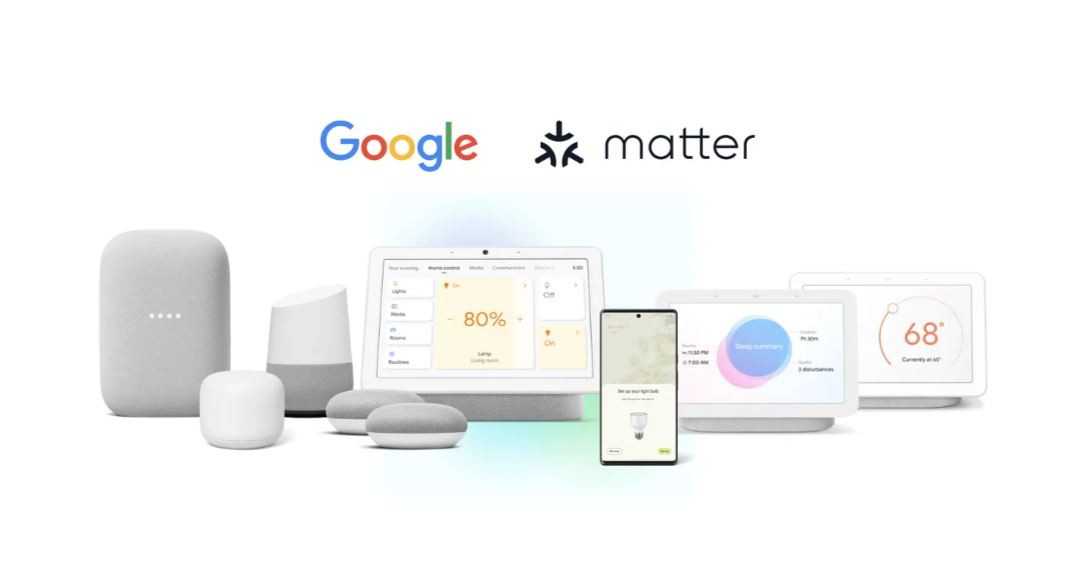This post may contain affiliate links, which means I may receive a commission from purchases made through these links. The reputation of Nexa is important; that’s why I will only recommend products I have personally reviewed or tested.
On the multifaceted canvas of the modern world, there resides a compelling, dynamic – and often perplexing – piece of technology: the smart home. But what does “smart home” imply? To truly understand it, we must venture into the labyrinth of interoperability.
A word of caution before we descend into this richly complex subject: fasten your cognitive seatbelts. Expect diversity in sentence length, complexity, and structure – a labyrinthine prose is ahead.
Interoperability in Smart Homes: Unlocking Cross-Platform Communication
Interoperability, indeed. The term buzzes with layers of complexity, doesn’t it? Quite simply, it signifies the ability of devices from different manufacturers or software systems to communicate and work together. It’s a glorious symphony, where each instrument plays its part, blending seamlessly into a harmonious ensemble.
You may think, “Surely, smart home devices, sophisticated and technologically advanced as they are, would naturally be able to do this?” Ah, an excellent question, dear reader.
The reality, however, is somewhat less ideal. Indeed, it could even be seen as a Gordian Knot of technological constraints and commercial rivalries. Various smart devices, each boasting its unique protocol, often refuse to communicate with devices from other ecosystems, acting like squabbling siblings who refuse to play nice in the same sandbox.
Solving Smart Device Discord: The Role of a Smart Home Hub
Imagine, if you will, your smart lightbulb from brand A refusing to turn on at the command of your voice assistant from brand B. The result? Dissonance in our supposed symphony.
To sidestep this glaring issue, let’s introduce a solution, an orchestra conductor if you will: a hub. A smart home hub provides the essential link, or bridge, to coordinate the various elements of your smart home system. Thus, the light bulb and the voice assistant can finally engage in a technological tango, beautifully synchronized and harmonious.
Matter and the Future of Smart Home Standards: Achieving Device Harmony
As we stride into the future, standards like Matter (an initiative by the Connectivity Standards Alliance) are promising us a future of interconnected smart devices. This approach encourages the various brands to build devices using the same communication protocol, thus simplifying the end-user experience.
An ideal smart home, as we dream of it, would be a ballet of gadgets, pirouetting together in perfect sync. An array of devices – thermostats, lightbulbs, security cameras, voice assistants, all swirling in harmony. Each component, while unique in function and design, is part of a larger spectacle. Yet, this dream requires a herculean effort to reach its fruition, a true symphony of technological cooperation and innovation.
Emerging from the Smart Home Interoperability Labyrinth: The Grand Finale
And thus, our descent into the labyrinth of smart home interoperability concludes. With a complexity akin to an epic novel, a variety in sentence structure to rival a poetry anthology, our foray into this topic is by no means less intriguing or multifaceted. Indeed, it has left us, perhaps, even more curious, more eager to explore the depths of smart home technology. So, we step out of the labyrinth, enlightened and ready to dream of that ideal smart home. And as we ponder, we remember, always, the immense importance of interoperability, that conductor orchestrating the symphony of our smart homes.


